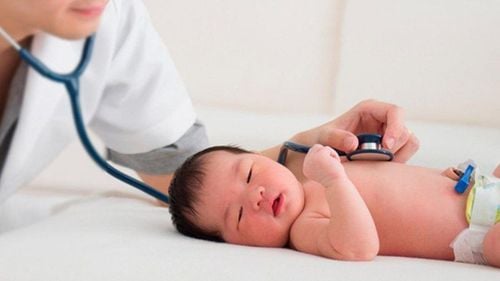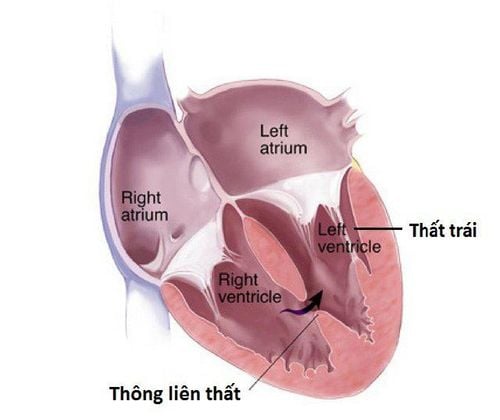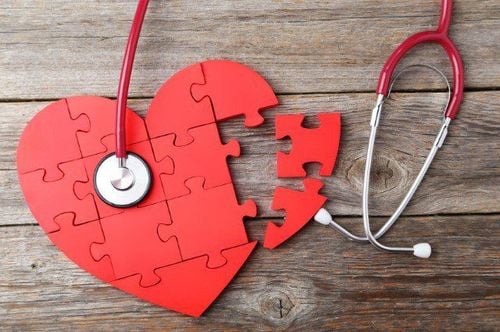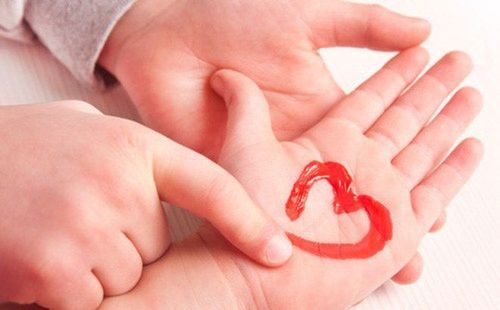This is an automatically translated article.
The article was professionally consulted by a Doctor of Cardiology - Thoracic Surgery, Vinmec Central Park International General Hospital.An atrial septal defect is a birth defect of the heart that creates an opening in the septum between the right atrium and the left atrium. For small, non-symptomatic openings, your child may not need treatment. However, in the case of a large opening, it needs to be treated immediately.
1. What is atrial septal defect?
Atrial septal defects account for 5% to 10% of congenital heart defects. The disease is mainly found in women. The vast majority of patients with atrial septal defect have no symptoms (such as cough, shortness of breath, or chest pain) but only have clinical symptoms that are difficult to detect, so the diagnosis is often missed until adulthood.There are four common types of atrial septal defect:
Secondary foramen septal defect. Primary hole type atrial septal defect. Sinus venous atrial septal defect. Atrial septal defect of the coronary sinus.

Thông liên nhĩ là một dị tật bẩm sinh của tim
2. The technique of patching the round atrial septal defect in the treatment of atrial septal defect
2.1 Before performing an atrial septal defect (ASD) patch, what do you need to know? If your child has an atrial septal defect, the cardiologist may order that your baby's health condition be monitored for a while. Your doctor will check to see if the opening closes on its own and prescribe the appropriate treatment.If the opening is small, causes no symptoms, or causes only mild symptoms, your baby may not need treatment. However, in the case of a large opening, which causes too much blood to mix and causes the heart to swell or cause serious symptoms, the child needs to be treated.
2.2 Procedure 2.2.1 Time to perform atrial septal defect The treatment time varies from case to case, depending on the severity of the disease and the treatment methods that the patient can perform. Cardiac catheterization usually takes 1-2 hours and can take longer.
2.2.2 Atrial septal defect patching procedures Parachute closure
Before your doctor performs this procedure, you will have a transesophageal echocardiogram. This test is used to measure the size of the stoma and help place the closure device. Not all atrial septal defects can be closed with an umbrella occlusion. Therefore, the doctor first needs to measure the atrial septal defect to ensure that it can be closed with a parachute.
If the test shows that the hole is too large to close with the device, your doctor will discuss the indications for surgery with you. Conversely, if the hole is small enough and in the correct position, the doctor will continue to insert the catheter.
During catheterization, the doctor threads the catheter with a small deflated balloon through a blood vessel to the stoma. The balloon is then inflated to measure the size of the stoma again. If the atrial septal defect can be closed with a device, the doctor will place the closure device inside the catheter and insert it into the hole.
Once the device is in place, the doctor will remove the catheter and bandage the incision in your leg
After the procedure you will be taken to the recovery room, the cardiologist will let you know when you can go home. You will be in the hospital for at least 4-6 hours after the procedure and can go home the same day. If you go home, you'll need to come back the next morning for an echocardiogram. This test is to make sure that there is no fluid buildup around the heart.
Atrial septal defect repair surgery
If an atrial septal defect patch reconstruction surgery is needed, you will be offered open heart surgery. In this procedure, the doctor makes an incision in the chest and uses a heart-lung machine to help with blood flow while surgically closing the heart hole. Full laparoscopic surgery technique to close the atrial septal defect with a very small scar of 1-2cm, aesthetic and safe for the patient.
Atrial septal defect can be closed directly with stitches or by patching a piece of surgical material to cover the hole. The tissue of the heart then heals on the patch or stitches. About 6 months after surgery, the stoma will be completely covered with tissue.
After undergoing reconstructive surgery to close an atrial septal defect, patients usually go home after a few days in the hospital if there are no complications. The younger the patient, the less painful the reconstructive surgery will be during recovery. You will be closely watched for signs or symptoms. If you have trouble breathing, are unable to eat, have a fever, have a red rash, or ooze pus from your incision, get treatment right away.
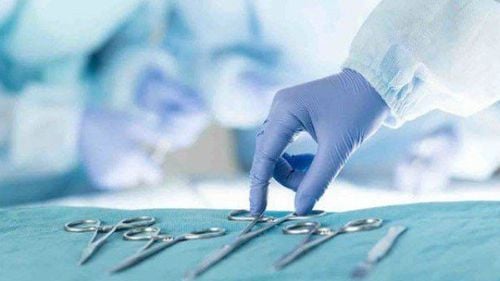
Sau khi trải qua phẫu thuật tái tạo đóng thông liên nhĩ, người bệnh thường về nhà sau vài ngày ở bệnh viện nếu không có biến chứng
However, some signs and symptoms may indicate a problem. If you have trouble breathing, call your doctor or go to the emergency room right away. Look for other problems such as:
Pale or pale skin around the mouth, lips and tongue Poor feeding or difficulty feeding (in young children) Inability to gain or lose weight Lethargy or decreased activity level Fever Prolonged or unexplained pain, tenderness, or pus draining from the incision In the weeks after surgery or cardiac catheterization, your doctor will check your progress. You may have another echocardiogram to make sure the heart defect has closed completely. If you undergo reconstructive surgery to patch an atrial septal defect, you will need follow-up visits with your cardiologist.
Vinmec International General Hospital currently has all the professional conditions and technical means to perform methods of closing atrial septal defect. Vinmec gathers a team of highly qualified and experienced cardiologists; modern medical equipment, up to international standards; professional service quality, helping to improve the efficiency of disease diagnosis and treatment.
Master. Doctor Nguyen Duc Hien has more than 12 years of experience in the field of cardiology, especially Cardiovascular and thoracic surgery. Currently, he is a Doctor of Cardiology Surgery, Cardiovascular Center, Vinmec Central Park International General Hospital.
Please dial HOTLINE for more information or register for an appointment HERE. Download MyVinmec app to make appointments faster and to manage your bookings easily.




